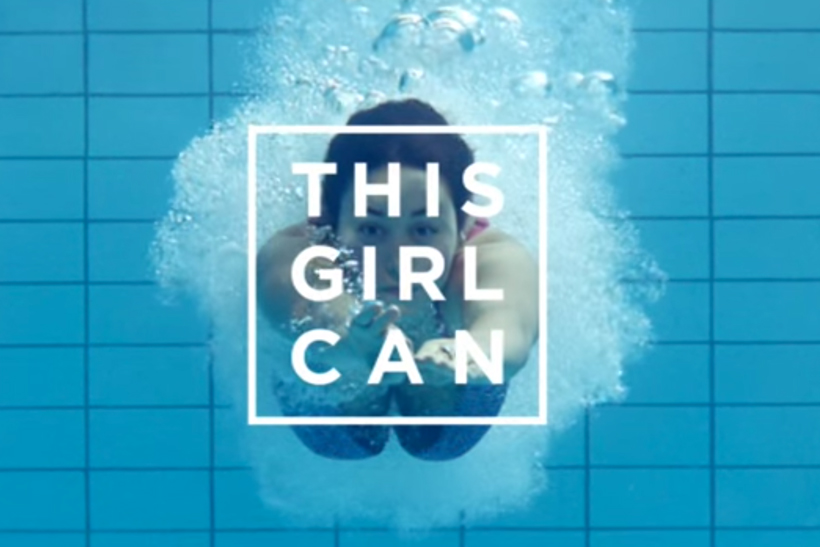Why Your Brand Needs More Purpose
Nike are supporting equality, Maltesers are campaigning about disability, McDonald’s recycling initiatives are aiming to send zero waste to landfill. This Girl Can. Dove proudly showcases positive body image, L’Oreal are championing male beauty bloggers, and both Lego and Kellogg’s pulled their ads from spaces due to the ‘Stop Funding Hate’ campaign pressure. Brand purpose is the new phenomenon taking over the marketing and advertising sphere.

As the digital native generations grow into main consumer audiences for a lot of big brand companies, marketing teams are finding themselves having to realign their strategies time and time again. With the power of the internet, customer loyalty is at an all-time low. Thanks to the explosion of e-commerce, review sites and the ease of researching which product is the cheapest and best quality, custom is no-longer based on location to a shopfront. Now, brands have to do so much more to stay ahead of competitors. It’s no-longer good enough to just push products, it’s paramount to sell your brand as a whole. This is where brand purpose comes into play. Increasingly, consumers are turning to organisations that demonstrate a brand purpose beyond profit, to companies that are using their power and stature to make a difference, to businesses that are trying to make the world a better place. Brand purpose requires more than just a snappy slogan, (This Girl Can); companies need to clearly set out their objectives, report updates and prove that they’re in it for the long term. 
Brand Purpose for your Company
Implementing a brand purpose campaign isn’t just beneficial for your marketing strategy either, there’s proven advantages for employees too. A study by Harvard Business Review and Ernst and Young in 2015 showed that companies with a strong sense of brand purpose are able to transform and innovate better, as well as improving employee satisfaction. John Rudaisky, partner and global brand and external communications leader at Ernst and Young, spoke at the Marketing Society’s “Profit through Purpose” event and explained that “purpose is about galvanising and driving people forward. What we found is that overall people have a greater sense of purpose, profit will follow”.
How to Achieve Brand Purpose
It can be difficult for companies to achieve a rewarding brand purpose on their own, especially if the product or service they offer doesn’t lend itself to a worthwhile cause. So, a lot of brands have found themselves partnering up with charities or campaigns. It’s important to note that a partnership with no common ground will become an obvious marketing move, when it comes to a charitable partnership ensure that they fit into your brand’s wider mission. For instance, Innocent recently partnered with Grow It Yourself, which is a charity that aims to teach children where their food comes from. Since Innocent’s brand is all about clean eating, fruit and vegetable to be specific, it’s a well calculated partnership. Alongside this charitable association, Innocent donate 10% of their profits to charity, use green electricity of their headquarters and use fruit from sustainable sources.
Brand Purpose Used Wrong
 Authenticity is at the core of brand purpose. Consumers are increasingly more cynical than previous generations, and far more aware of strategic marketing and advertising; if you’re misusing brand purpose to simply spin in your favour it could cause a backlash. Tom Rainsford, brand director at mobile network Giffgaff, concludes: “If your customers don’t view you as having a purpose, [your brand] doesn’t matter. It’s about placing authenticity at the heart of everything you do.” How can you avoid the brand purpose backlash? Whatever cause, campaign or charity you decide to support or partner with – ensure that your input is considerable enough to impact your life. For example, since time is more valuable than money, and donating money is easy, have your employees donate their time. In conclusion: your brand needs more purpose. Check us out on Facebook for daily marketing updates and tips to improve your business’ profits!
Authenticity is at the core of brand purpose. Consumers are increasingly more cynical than previous generations, and far more aware of strategic marketing and advertising; if you’re misusing brand purpose to simply spin in your favour it could cause a backlash. Tom Rainsford, brand director at mobile network Giffgaff, concludes: “If your customers don’t view you as having a purpose, [your brand] doesn’t matter. It’s about placing authenticity at the heart of everything you do.” How can you avoid the brand purpose backlash? Whatever cause, campaign or charity you decide to support or partner with – ensure that your input is considerable enough to impact your life. For example, since time is more valuable than money, and donating money is easy, have your employees donate their time. In conclusion: your brand needs more purpose. Check us out on Facebook for daily marketing updates and tips to improve your business’ profits!













